Vietnam awakens before dawn. While travelers sleep, local life stirs in markets across the country as vendors arrange produce, prepare food, and set up shops under the gentle glow of early morning light. These markets represent the authentic heartbeat of Vietnamese culture before tourists arrive.
The morning markets offer the freshest food, the most genuine interactions, and a glimpse into daily Vietnamese life that afternoon visitors miss entirely. Here is a list of 15 destinations in Vietnam where early morning markets showcase the country’s vibrant culture, delicious cuisine, and local traditions.
Hoi An Central Market

Nestled along the Thu Bon River, Hoi An’s market springs to life around 4 AM when boats deliver fresh seafood directly to waiting vendors. The narrow aisles fill with vibrant produce, aromatic spices, and food stalls serving traditional breakfast dishes like cao lau noodles.
The historic trading port heritage remains evident in the diverse goods and ancient merchant houses surrounding the marketplace. Morning light filters through worn canvas tarps, creating a golden atmosphere that photographers chase but rarely capture fully.
Hanoi’s Long Bien Market
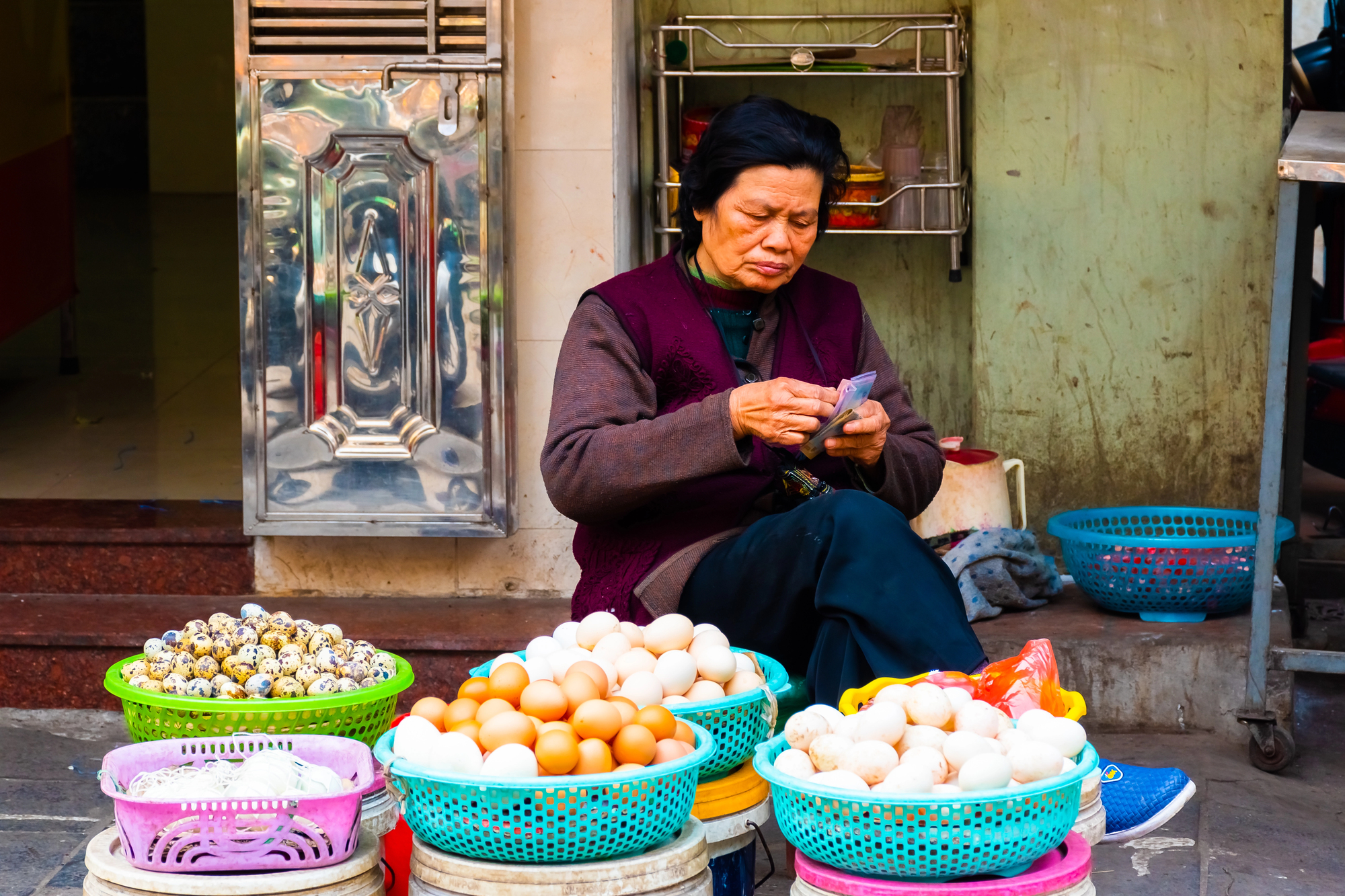
Positioned beneath the historic Long Bien Bridge, this wholesale market serves as Hanoi’s primary food distribution hub, with trading starting around 2 AM. Trucks and motorbikes loaded impossibly high with fruits and vegetables create organized chaos as they navigate the crowded lanes.
The sheer volume of produce changing hands here supplies most of the smaller markets throughout the capital city. Vendors conduct business with practiced efficiency, moving tons of goods through the market before most hotel breakfasts even begin service.
Sapa’s Bac Ha Market
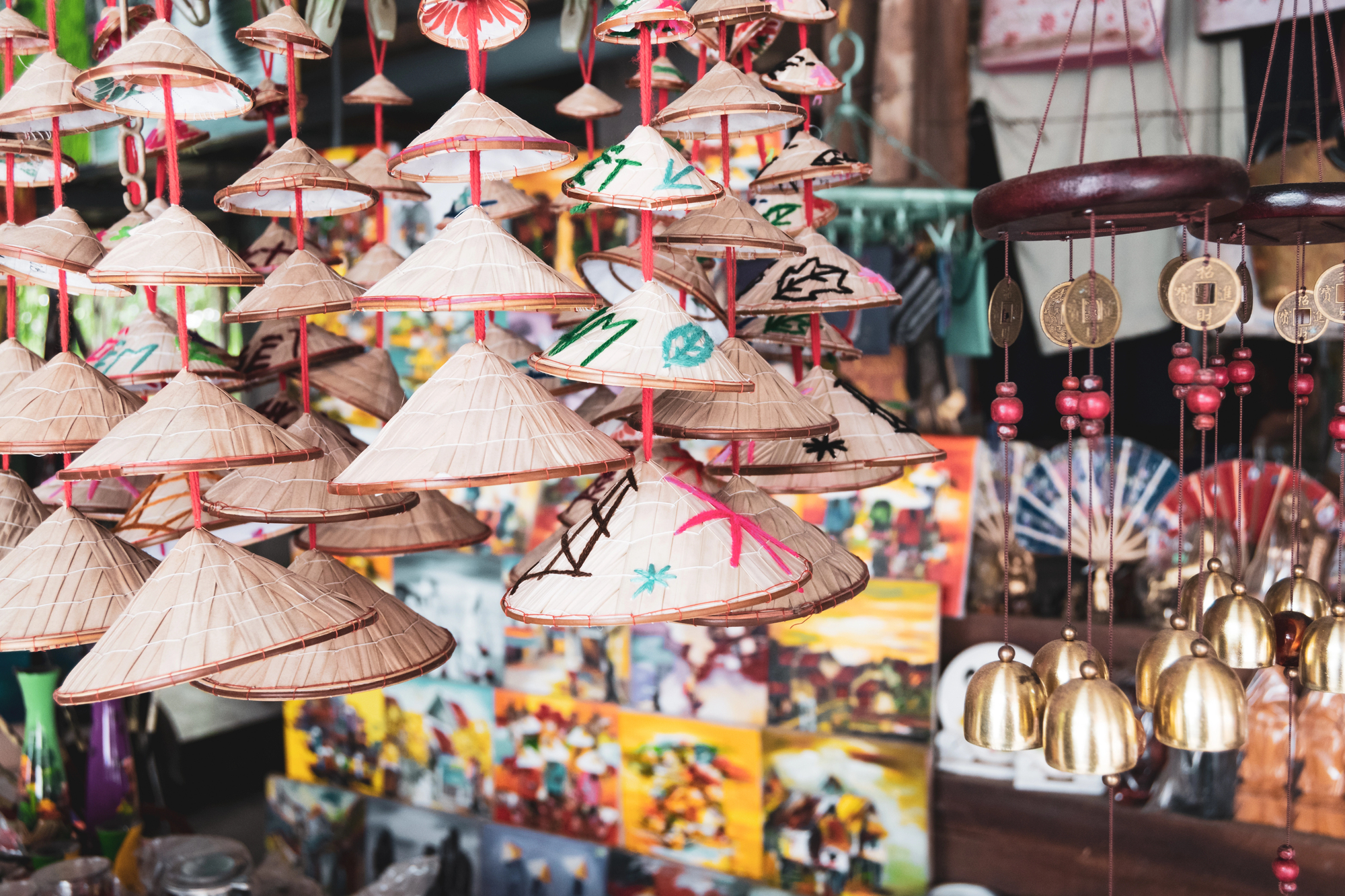
This Sunday market in the northern highlands brings together multiple ethnic minority groups in their traditional dress, creating a vibrant cultural exchange. H’mong, Dao, Tay, and other groups travel miles along mountain paths to buy, sell, and socialize in this weekly gathering. The market extends beyond commerce into a vital social institution where marriages are arranged, news is exchanged, and community bonds are strengthened.
The cooler mountain air carries the scent of charcoal fires cooking traditional dishes available nowhere else in Vietnam.
Like Travel Pug’s content? Follow us on MSN.
Can Tho’s Cai Rang Floating Market
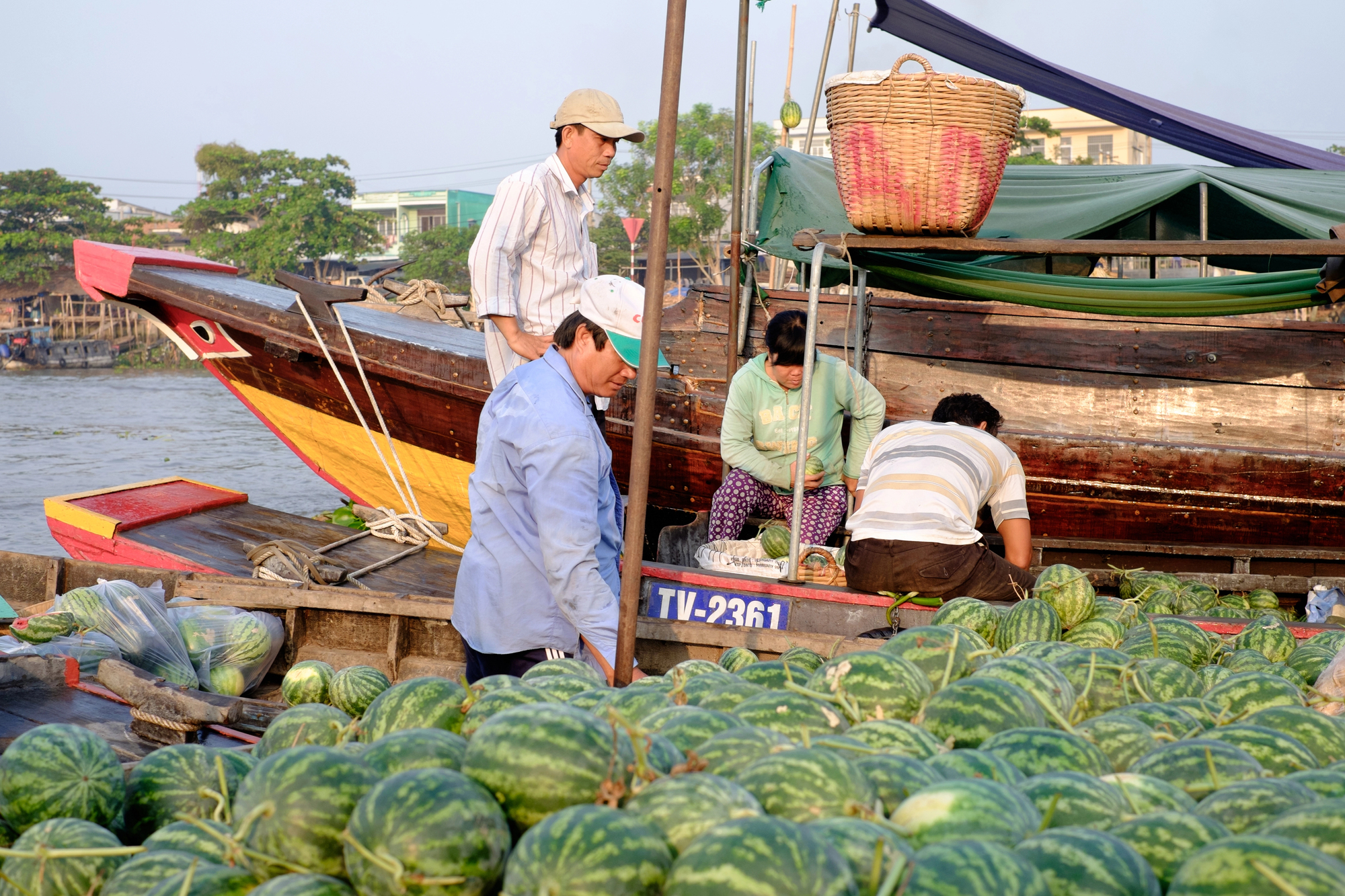
The Mekong Delta’s most famous floating market reaches peak activity just as sunrise illuminates the brown river waters around 6 AM. Hundreds of wooden boats laden with fruits and vegetables create floating aisles where vendors advertise their goods by hanging samples on tall bamboo poles.
The entire transaction process happens boat-to-boat, with skilled pilots maneuvering vessels while negotiating prices. Local boats selling breakfast noodles and strong Vietnamese coffee navigate between trader vessels, fueling the market’s energy.
Dalat Market
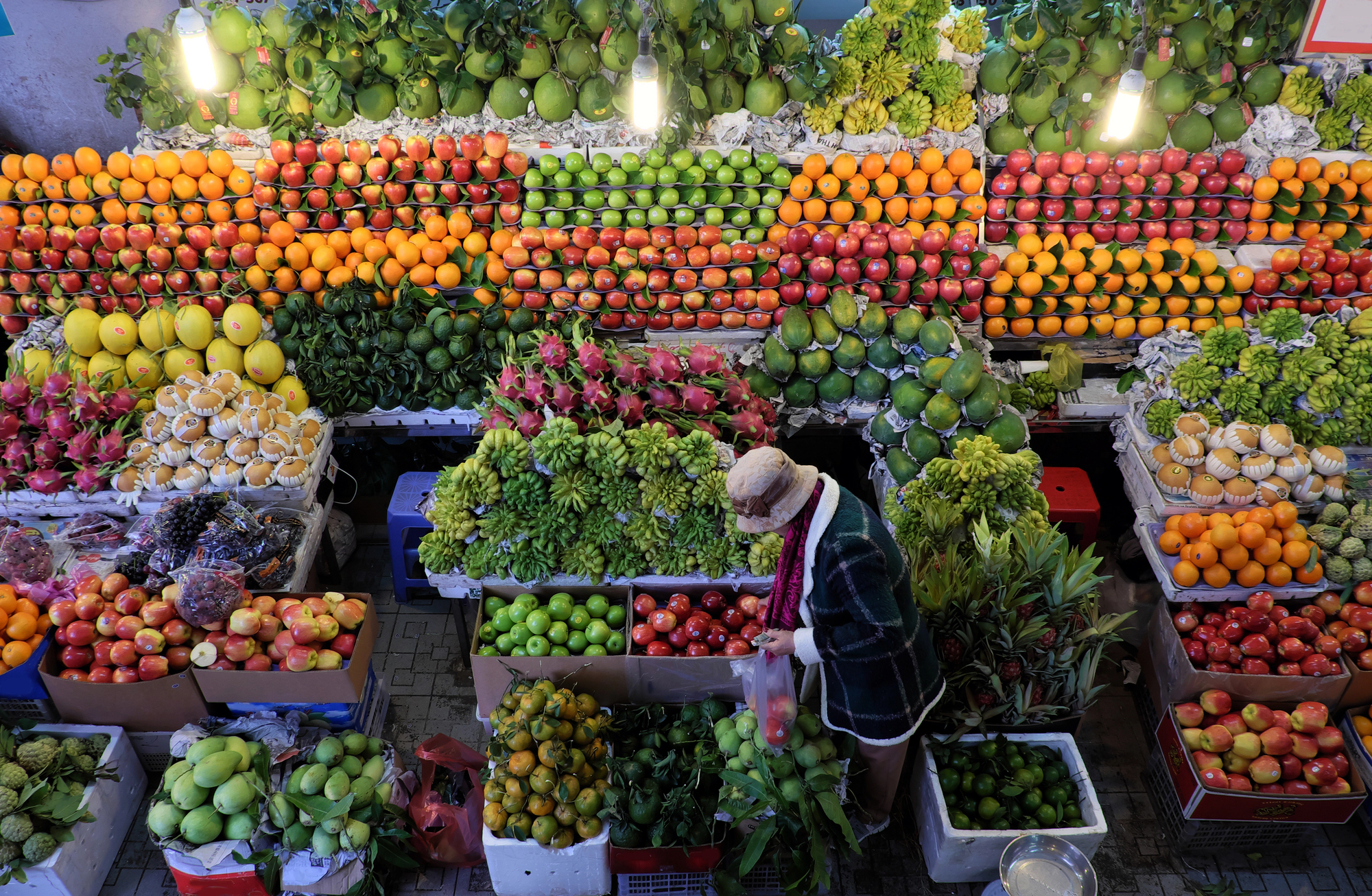
Set in Vietnam’s highland city, this market combines tropical fruits with temperate climate produce unavailable elsewhere in the country. The cool mountain air preserves freshness longer, allowing vendors to display perfectly arranged pyramids of strawberries, artichokes, and avocados.
Local hill tribe women in distinctive headdresses bring forest products and medicinal herbs from the surrounding mountains. The French colonial influence appears in the orderly layout and the availability of items like fresh baguettes and artisanal cheeses rarely found in lowland markets.
Phu Quoc Night Market Transition
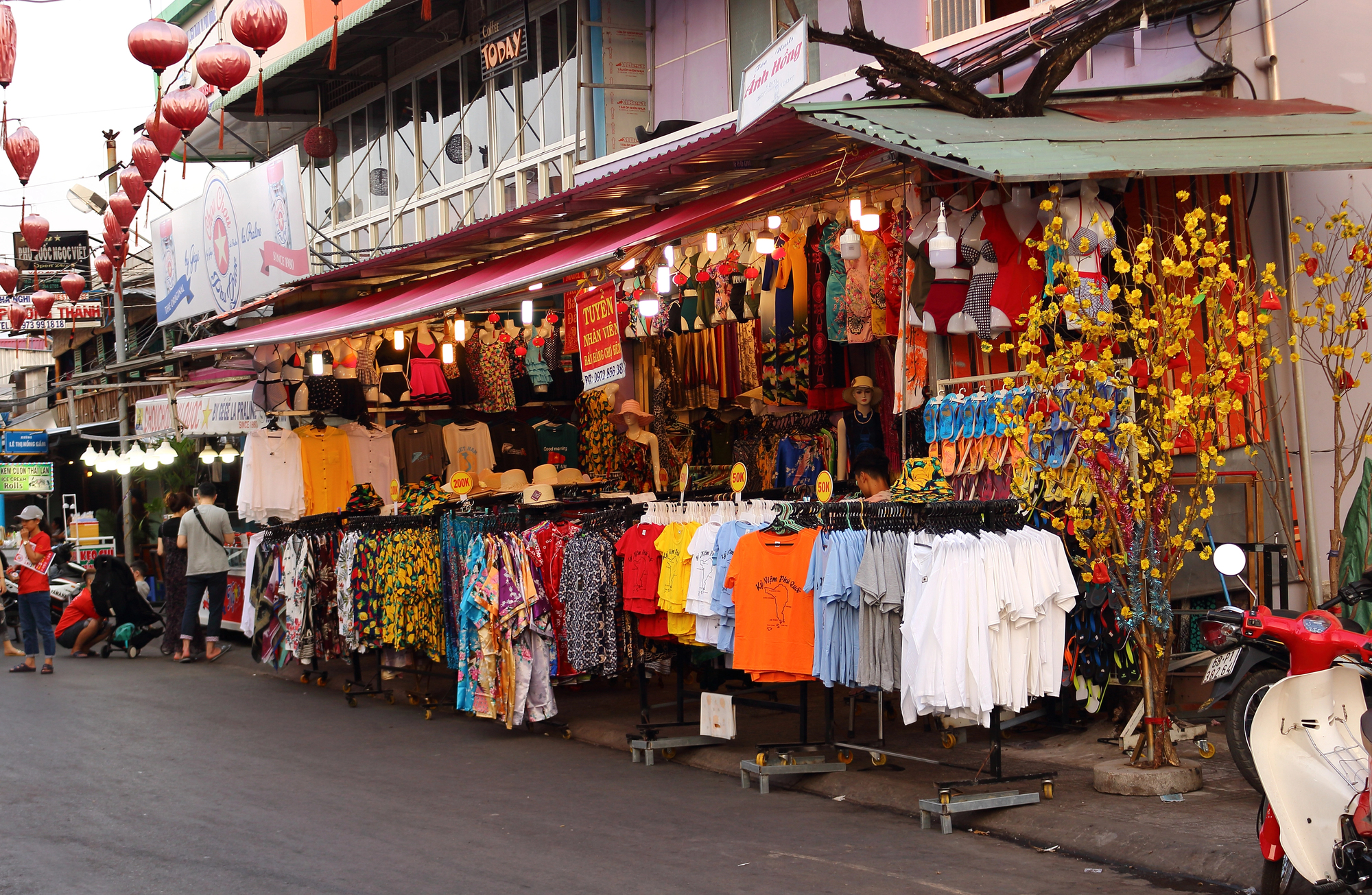
While known primarily as a night market, the fascinating transition period between 5-7 AM reveals a different character as seafood arrives directly from overnight fishing boats. The previous night’s structures transform as vendors clean spaces and prepare fresh catches for the coming evening.
Fishermen display their overnight hauls while enjoying morning rice porridge before heading home to sleep. The beachside location fills with the scent of salt air mixed with grilling fish as the first vendors begin early breakfast service.
Like Travel Pug’s content? Follow us on MSN.
Hue’s Dong Ba Market

The ancient imperial capital features this sprawling market where food stalls serve royal-influenced cuisine like tiny tapioca dumplings and Hue-style rice pancakes. The market building dates to the 19th century, though morning trading spills far beyond its walls along the surrounding streets.
Women wearing traditional conical hats carry goods balanced on shoulder poles, continuing centuries-old traditions. The distinctive central Vietnamese dialect creates a musical backdrop as vendors call out their offerings in sing-song tones unique to the region.
Nha Trang’s Dam Market

This coastal city’s central market fills with fresh seafood delivered directly from fishing boats that dock nearby before dawn. The circular market building houses hundreds of vendors selling everything from live crabs to hand-pressed sugar cane juice.
The nearby beach provides a stunning backdrop as sunlight gradually illuminates the trading action starting around 4:30 AM. The market serves both locals and restaurant buyers who select the day’s specials based on the morning’s freshest catches.
Kon Tum’s Highland Market
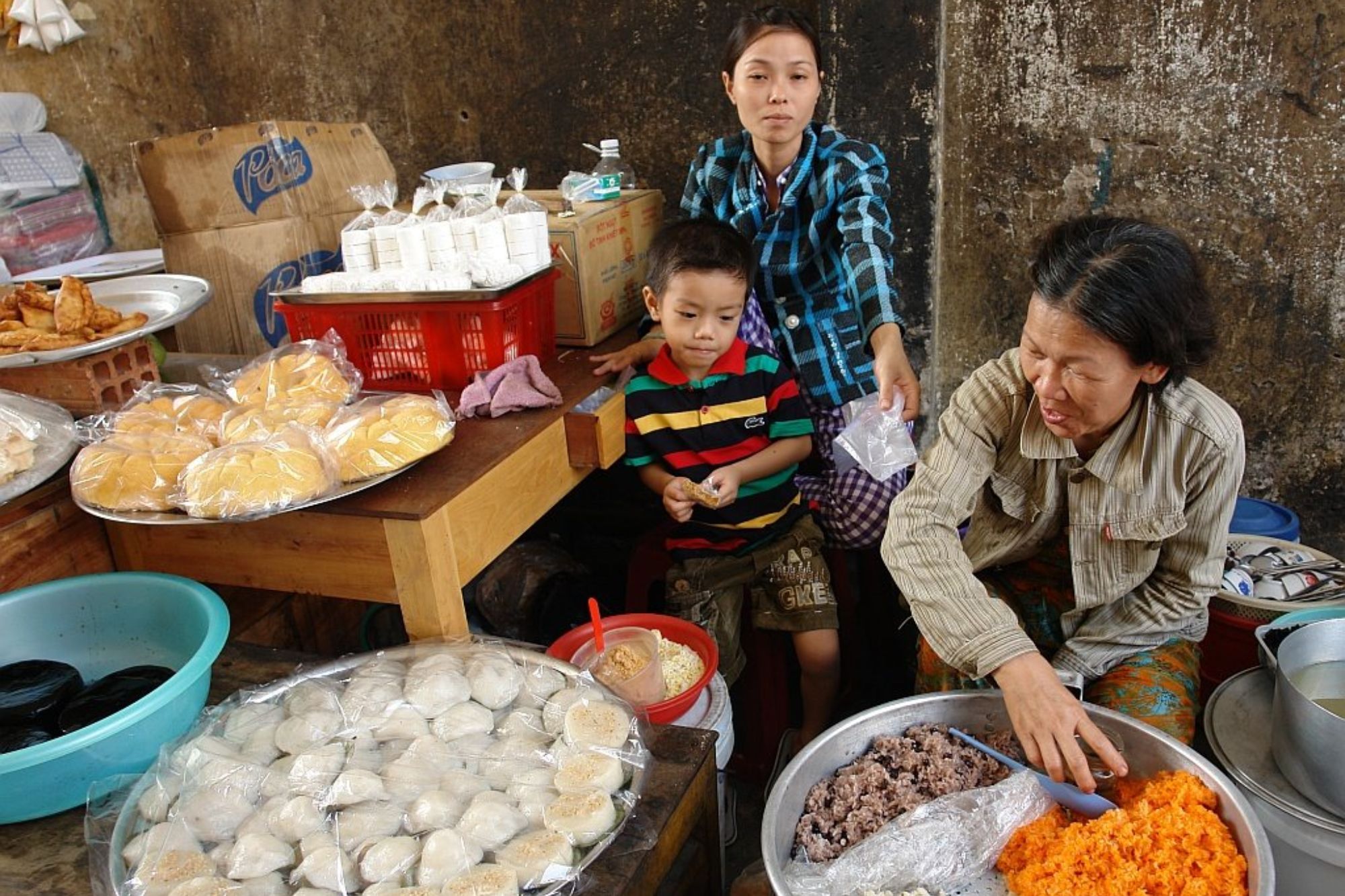
Located in Vietnam’s central highlands, this market features unique products from the region’s ethnic minorities, including the Bahnar, Jarai, and Sedang groups. Coffee directly from nearby plantations arrives still warm from roasting, filling the air with rich aromas uncommon in lowland markets.
Traditional woven baskets and handcrafted tools display the distinctive cultural artistry of mountain communities. The market operates on a slightly later schedule than lowland equivalents, with peak activity around 6-8 AM due to the mountain morning mist.
Like Travel Pug’s content? Follow us on MSN.
Chau Doc’s Border Market
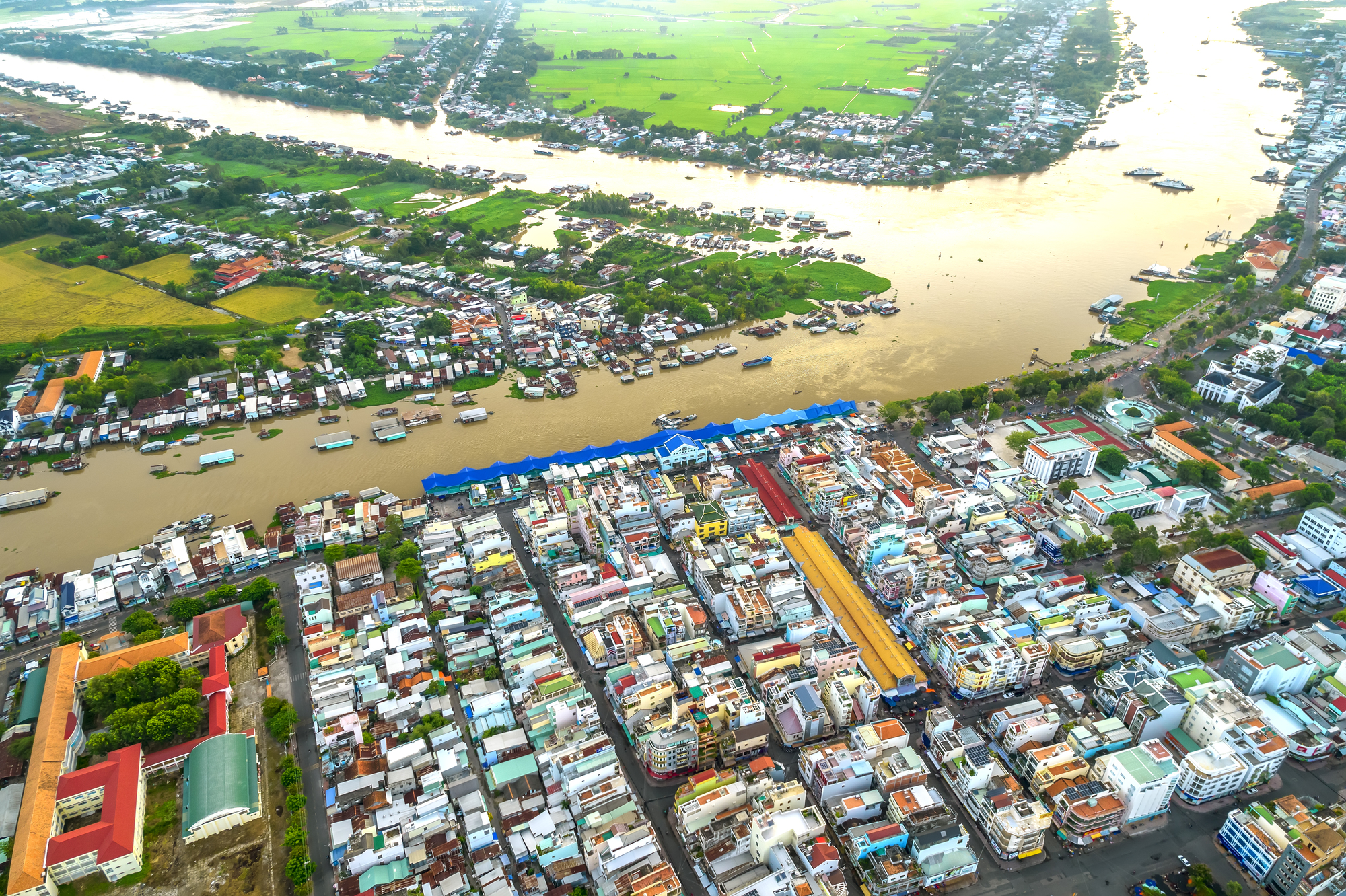
Sitting near the Cambodian border in the Mekong Delta, this market features a fascinating blend of Vietnamese and Khmer influences in both products and language. The riverside location facilitates trade from both countries, with goods arriving by boat from across the border before dawn.
The mixed Buddhist and Muslim populations of the area create a diverse food scene featuring halal options alongside traditional Vietnamese dishes. The early morning trading here represents centuries of cross-border commerce that political boundaries have never fully interrupted.
Ha Giang Loop Markets
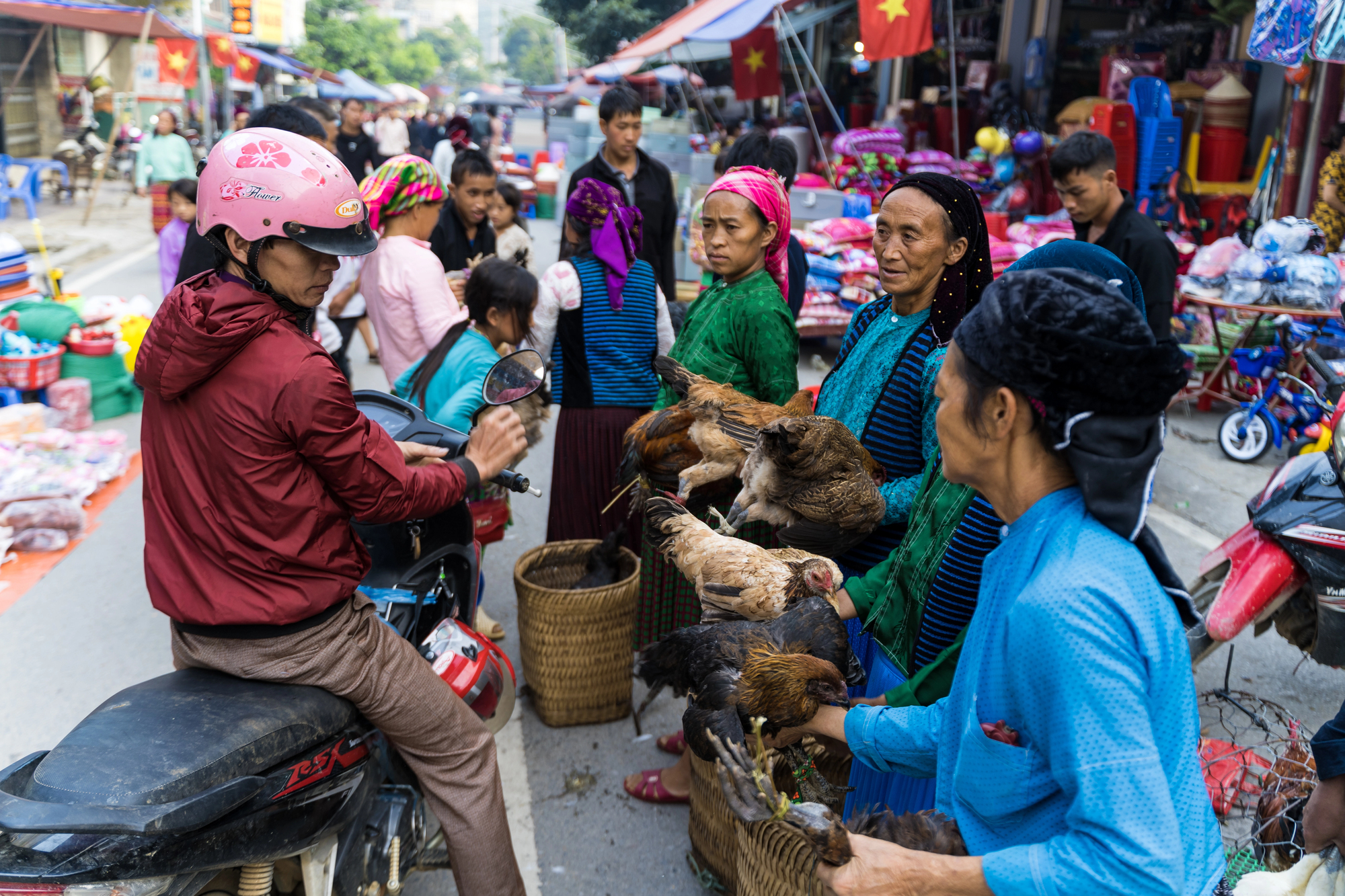
The remote northern province hosts rotating markets where different towns become trading centers on specific days of the lunar calendar. Ethnic minority groups like the Hmong, Dao, Tay, and Lolo descend from surrounding mountains in traditional dress, creating living museums of cultural heritage.
Goods unavailable elsewhere in Vietnam, including medicinal herbs, traditional textiles, and mountain rice wines, change hands in these authentic trading sessions. Markets begin particularly early here, with many villagers starting their journeys in darkness to arrive by dawn.
Mui Ne Fish Market

This coastal market concentrates exclusively on seafood, with the day’s action starting when fishing boats return to shore around 5 AM. The beach transforms into an impromptu marketplace as catches are sorted directly on the sand into colorful plastic baskets.
Buyers arrive from nearby resorts and restaurants, selecting the freshest specimens while fishing crews mend nets and prepare for the next outing. The entire process frequently concludes by 7 AM, leaving few traces for late-rising tourists.
Like Travel Pug’s content? Follow us on MSN.
Dalat’s Night Market to Morning Transition
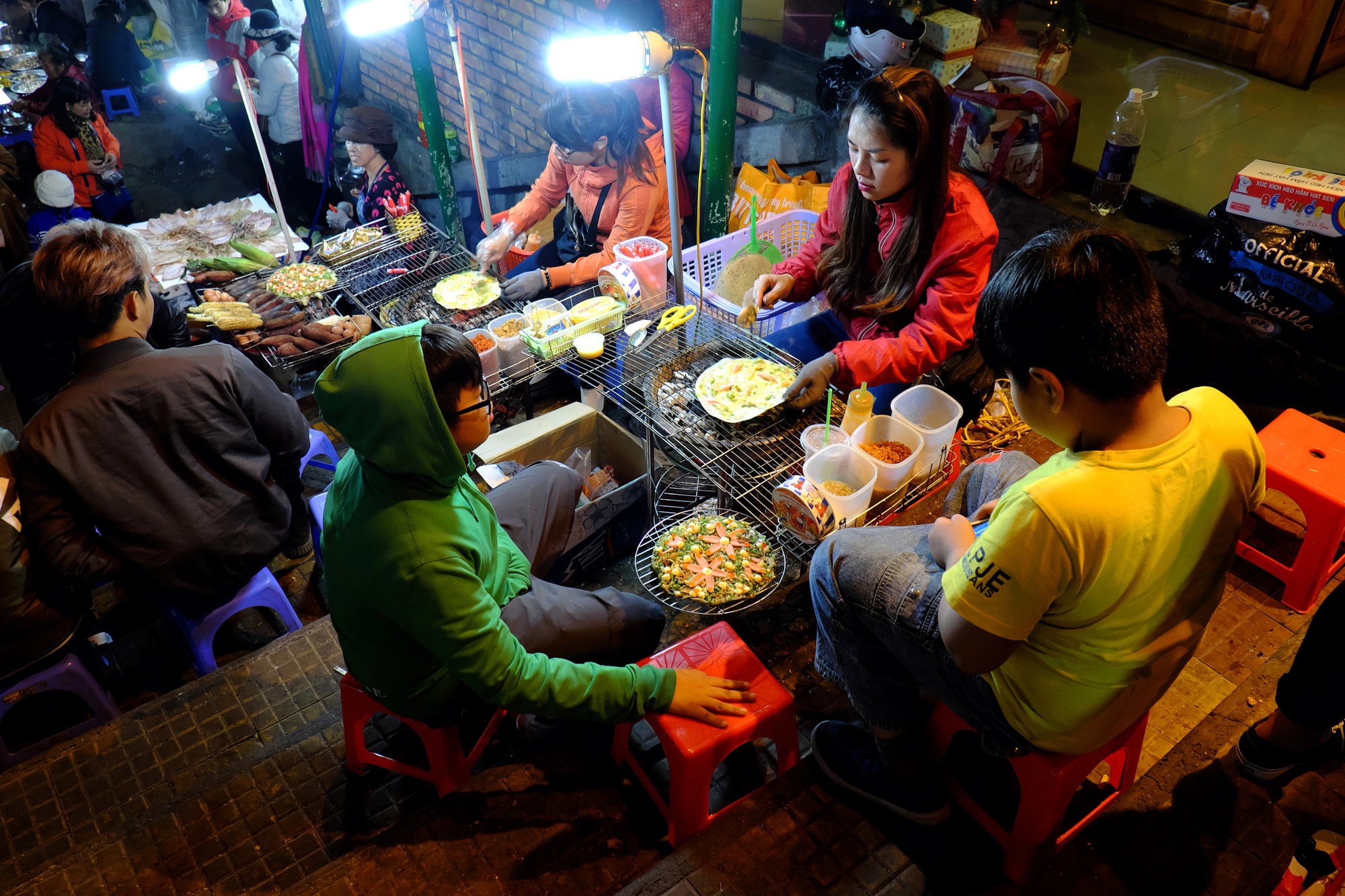
The famous tourist night market undergoes a fascinating transformation around 5 AM as flower vendors arrive with fresh blooms from surrounding farms. The cool highland climate produces flowers unavailable elsewhere in Vietnam, making this the country’s primary flower distribution hub.
The night market’s food vendors gradually shift their offerings from evening snacks to breakfast dishes as the customer demographic changes. The morning light reveals a completely different character from the lantern-lit evening version tourists typically experience.
Mai Chau Valley Markets
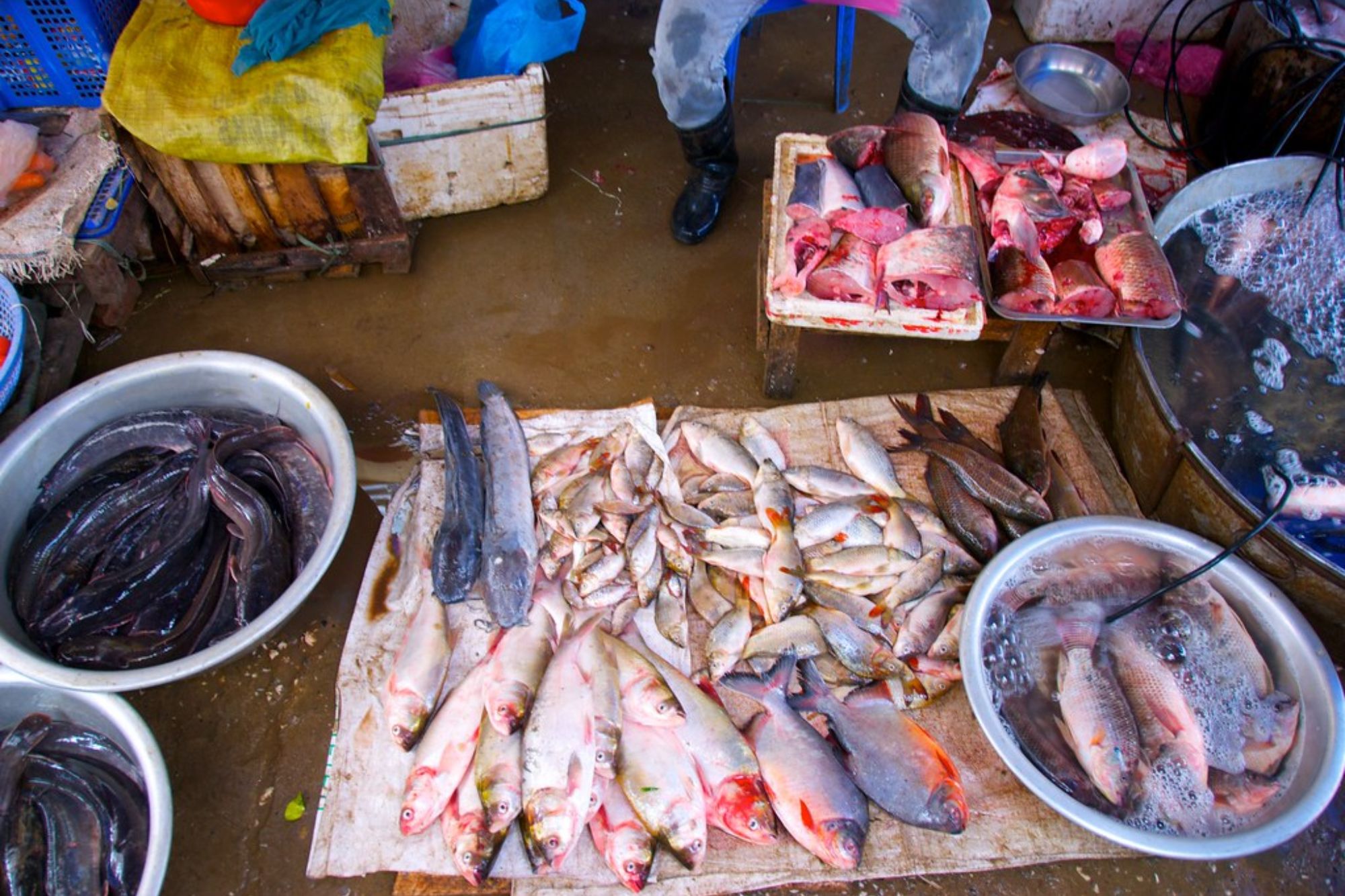
The stunning valley setting hosts markets where ethnic Thai communities gather to trade agricultural products from surrounding terraced fields. The markets feature distinctive Thai textiles handwoven in nearby stilt houses using traditional looms and natural dyes.
Morning fog typically shrouds the valley until around 6 AM, when sunlight gradually illuminates the market activities in ethereal light. The relative isolation of these markets has preserved traditional trading practices largely unchanged for generations.
Ben Thanh Morning Market
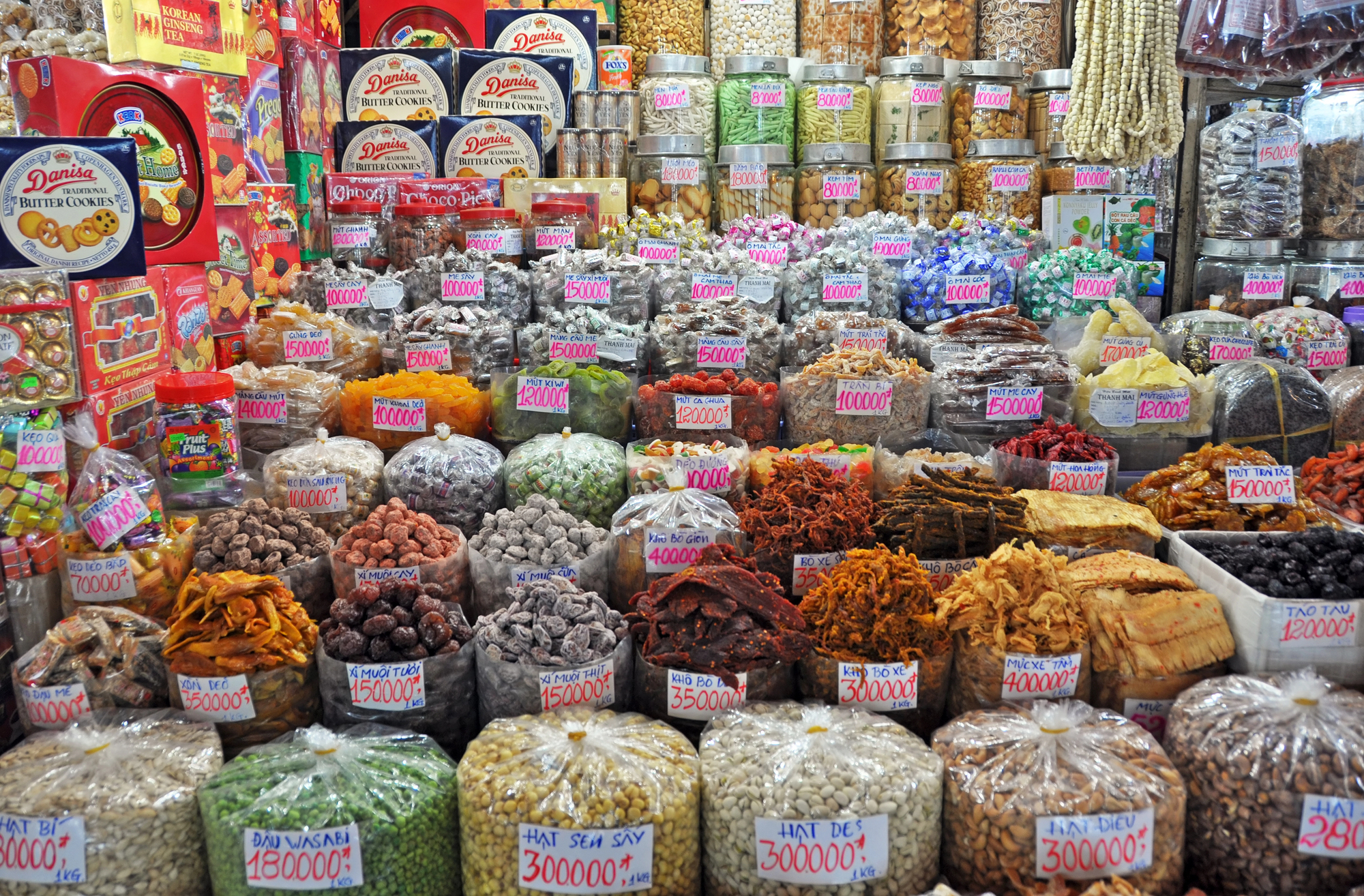
Ho Chi Minh City’s iconic market transforms completely in the early morning hours compared to its tourist-oriented daytime persona. Before the main building opens, the surrounding streets fill with temporary vendors selling fresh produce from nearby farming regions.
Local office workers and residents conduct their daily shopping between 5-7 AM, long before most tourists arise. Outdoor food stalls serve distinctive southern Vietnamese breakfast dishes like hu tieu noodle soup before dismantling entirely as the tourist-focused market day begins.
Like Travel Pug’s content? Follow us on MSN.
Market Mornings as Cultural Windows
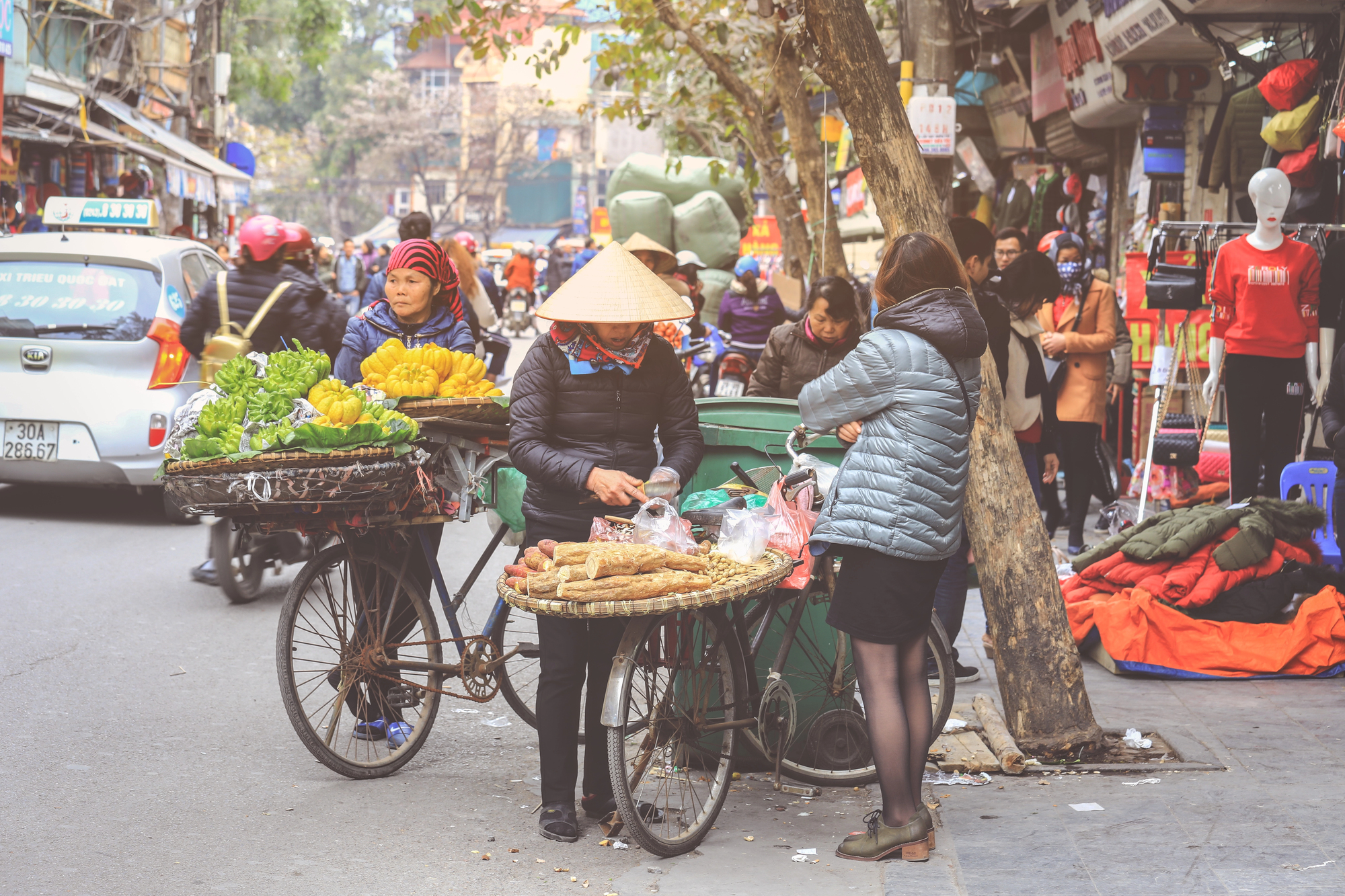
Vietnam’s morning markets connect present-day practices with trading traditions stretching back centuries across this diverse nation. These early gatherings reveal authentic cultural expressions increasingly difficult to find during standard tourist hours throughout Southeast Asia.
The preservation of distinctive regional specialties, trading methods, and culinary traditions creates living museums of Vietnamese cultural heritage accessible to those willing to rise before dawn. The sensory immersion of these markets—from aromatic street foods to the musical cadence of vendor calls—offers deeper connections to Vietnamese daily life than any packaged tour could provide.
Early risers discover that the quiet magic of Vietnam reveals itself most honestly in these fleeting morning hours before the tourism script fully activates for the day.
More from Travel Pug

- Cities Growing so Fast You Won’t Recognize Them in 10 Years
- 13 Destinations Where Tourists Regularly Regret Their Trip
- 20 Obscure WWII Sites Even History Buffs Don’t Know About
- 10 Under-the-Radar Mountain Towns That Are Both Affordable and Beautiful
- Remote Villages in Europe Where You Can Live for Free in Exchange for Work
Like Travel Pug’s content? Follow us on MSN.
